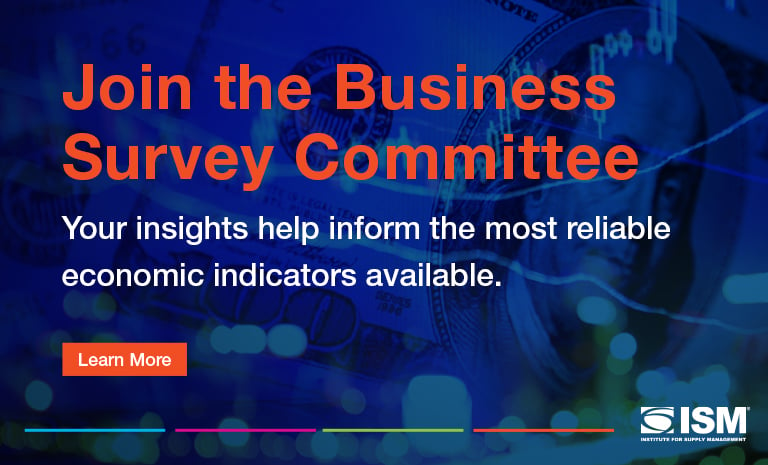How Intent Data Hones Procurement Possibilities

In supply management, just as in daily life, informed decision-making should be at the heart of purchasing. Many factors influence that decision-making process, but foremost is the intent behind the purchase.
However, the intent of the procurement professional is often overlooked by suppliers and providers.
Procuring the Right Online Relationships
The ability to effectively target buyers should go beyond the rudimentary criteria of geographic proximity, product type and price point. It should also meet them at the various points of buyer intent.
Gartner, the Stamford, Connecticut-based consultancy, looked at buyer intent data and its value to B2B sales generation and noted that “by capturing valuable buyer data before any action takes place,” businesses gain insight into human thought, engagement and actions in the procurement journey.
Reflect on your most recent online search for a product, perhaps a mountain bike that can handle trail and roadways. The reason for your search may equate to your level of interest and intent to execute the purchase at that moment in time.
If it was a precursory query, for example, based on a fleeting thought about riding up and down the trailhead at a local hiking hotspot, the likelihood of an immediate purchase is scant. However, if you were already a mountain biking enthusiast with expansive knowledge on the sport and the latest equipment, your rate of purchase conversion is higher.
Intent Data Gathering
Intent data takes the buyer journey into account, by compiling digital signals created by individuals’ and businesses’ online searches: both direct and indirect. More noise created by the signal(s) indicates an increased interest toward sales or procurement. Further, intent data can segregate buyer interest into buckets, based on search frequency and more.
Data can be pulled from browsing incidences, such as to a manufacturer’s website, noting the volume of hits on specific product pages. Widen that scope to external news articles, product research cites, chat forums and review sites, and the procurement audience grows.
Suppliers can benefit from intent data, as it indicates what manufacturers are looking for by the search terms included. From there, suppliers can embed those terms as keywords or phrases to help drive those businesses to their site.
Algorithms from the online behavior identify procurement opportunities. Characteristics that form specific data compilations include: (1) content volume taken in, (2) amount of content users, (3) type of content, (4) time spent per web page and (5) time spent on page scroll. These characteristics help tell a more complete buyer journey, giving greater insights into the buyer’s intent and how to best meet the buyer objectives.
To avert a “too much information” scenario, intent data continues to hone the findings, resulting in a list of buyers ready to align with the supplier’s product, build a relationship and make a purchase.
Distilling Intent Data Type
Not all intent data is the same — four main categories distinguish their differences: search intent, engagement, firmographic and technographic.
In its most basic form, search intent data is formulated when prospects use search engines to find answers to what they seek: Google, Bing and others.
The second phase of intent data, engagement, corresponds to what prospects do once they find online information. How far do they investigate to know more? The content could be read, in part or in full, shared and/or commented on, which then spurs more engagement.
How a business represents itself online can make the difference in sourcing selection. Before considering a purchase or initial conversation, companies search for foundational data (also called known as firmographic data) like company location, stated revenue, industry focus and size. Ensuring such information is accurate and up to date is imperative to align the right customers to a vendors’ offerings.
Enterprises involved in multitiered supply chains can use technographic data to identify suppliers and distributors and the types of hardware, software and network connectivity at work. Technographic data can provide indicators of the benefits and shortfalls in the cost of doing business with a potential partner.
Targeted Benefits
Research findings from an Inbox Insight report, Inside Intent Data: Unlocking Demand Generation Results, detail the merits of intent data to gauge product interest, engagement and sales conversions.
The 2023 ABM and Intent Benchmarking Study from intent data solutions provider London-based Foundry, an IDG Inc. company, showed participants experiencing success from intent data platforms. Of those surveyed, 99 percent of large companies noted ROI and sales increases due to intent data use and 64 percent stated they had experienced conversion rate improvements.
The procurement space is competitive: Global markets have opened business opportunities through the digital landscape. People search for the materials, products and services that suit their needs. To remain competitive, suppliers and manufacturers need to be seen more, sooner than later.
Intent data helps companies meet their prospects at the varied points of the sales and procurement lifecycle. The more online data (input) a business can present increases prospect output, including engagement, conversions and sales.

